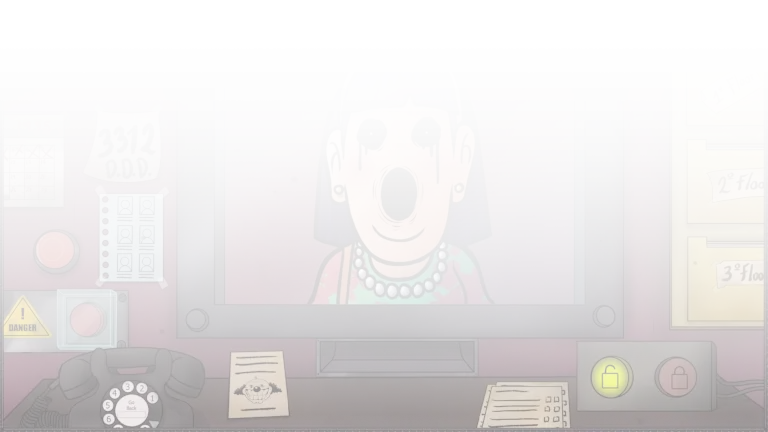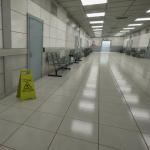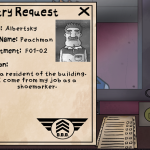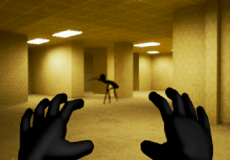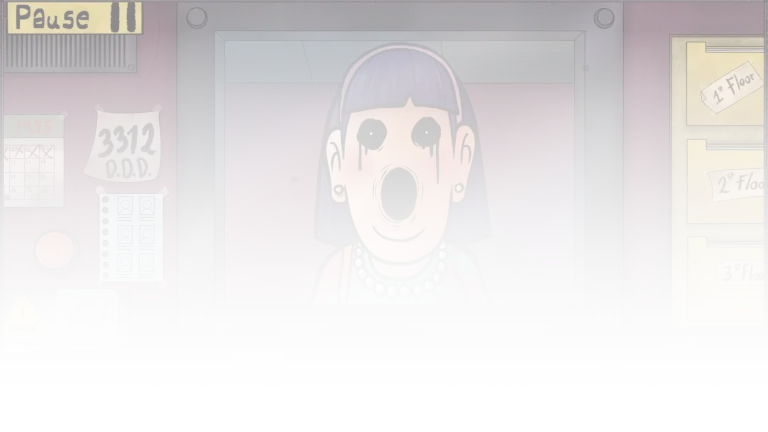
Advertisement
Advertisement
Best Games
Favourite Games
That’s not my Neighbor

In the game That’s Not My Neighbor, you play the crucial role of a doorman tasked with the safety of an apartment complex spread across three floors. Your job extends beyond mere greetings; it encompasses the critical responsibility of distinguishing between genuine residents and malevolent doppelgangers who aim to infiltrate the building under false pretenses.
Role of the Doorman: First Line of Defense
As the doorman, you are the building’s initial checkpoint against potential threats. With each person that approaches the entrance, your duty is to ensure they are who they claim to be. This involves a deep understanding of human behavior and sharp observational skills, as the doppelgangers can perfectly mimic human appearances and mannerisms. The game challenges you to make swift, accurate decisions to maintain the safety and peace of the residential environment.
Doppelganger Detection Department (D.D.D.)
Integral to your role is your interaction with the Doppelganger Detection Department (D.D.D.), a specialized agency that provides the tools and support necessary to identify and manage the doppelganger threat. The D.D.D. equips you with various devices and methods to test the authenticity of each individual. These tools are vital in a world where doppelgangers bring uncertainty and danger to the seemingly tranquil life within the apartment complex.
Tactics and Tools for Identification
The gameplay mechanics revolve around the use of specific tools and tactics to verify the identities of individuals trying to enter the building. You have access to:
- Security Cameras and Monitors: To observe odd behaviors or discrepancies in appearance.
- Document Verification Systems: To check the authenticity of IDs and other credentials.
- Communication Devices: To consult with the D.D.D. for advice or to report suspicious activities.
Each tool plays a crucial role in your strategy to prevent doppelgangers from gaining access to the building, and mastering their use is essential to advance in the game.
A Test of Wits and Vigilance
That’s Not My Neighbor provides a unique blend of suspense and strategy, set against the backdrop of a multi-floor apartment building where every decision can have significant consequences. As you progress through the game, the importance of acute observation, quick thinking, and effective use of technological tools becomes increasingly apparent. Players must stay vigilant, keep their wits about them, and use every resource at their disposal to protect the building from the sinister doppelgangers lurking at the doorstep.
All Doppelgangers
Here, the challenge lies not just in managing the day-to-day affairs but in discerning the real tenants from a slew of clever doppelgangers determined to infiltrate under false guises.
Residents and Impostors
Players must become intimately familiar with the authentic residents, each with distinct traits and habits, to safeguard the building’s integrity. Missteps in identification can lead to chaos, underscoring the importance of precision. Notable residents include:
- Roman and Lois Stilnsky: A couple living on the ground floor; he’s a public accountant, she’s distinguishable by her distinct facial features.
- The Peachman Brothers: Albertsky, notable for his robust facial features, and Robertsky, who sports a unique absence of eyebrows and a stark goatee.
- The Mikaelys: Nacha, with her heterochromic eyes, alongside her daughter Anastacha, known for her youthful appearance and dual ponytails.
- The Schmichts: Arnold, always in his green suit, and Gloria, easily identified by her simple yet distinctive facial mark.
- The Academic Couple: Dr. W. Afton, a pop culture aficionado with a scholarly demeanor, and Mia Stone, whose freckled visage and delicate features are well-known.
The Doppelganger Dilemma
Each game iteration introduces doppelgangers with varying degrees of mimicry prowess, from near-perfect replicas to those whose disguises might slip during interactions. Players must scrutinize every detail—from the way a resident speaks to the consistency of their story with past interactions. The stakes are high, as failing to detect a doppelganger could lead to dire consequences for the building’s safety and morale.
Interactive Challenges and Tactical Decisions
Handling the interactions involves a complex blend of dialogue choices, visual observation, and decision-making under pressure. Whether it’s verifying a forgotten item like Alf Cappuccin’s occasionally misplaced hat or questioning a slight inconsistency in a resident’s routine story, each decision could either expose a threat or unjustly penalize an innocent tenant.
Evolving Strategies and Dynamic Gameplay
As players progress, the game adapts, presenting more sophisticated doppelgangers and scenarios that challenge even the most seasoned players. This dynamic gameplay ensures that no two playthroughs are the same, and players must continuously refine their strategies and sharpen their observational skills to keep up with the evolving challenges.
Ensuring Security with Every Interaction
That’s Not My Neighbor offers a compelling blend of psychological intrigue and strategic gameplay. Players must navigate the thin line between trust and doubt, using their wits to maintain peace within the complex. Each interaction is a test of the player’s memory, attention to detail, and judgment, making it a thrilling endeavor that keeps one on edge from start to finish.
Discuss That’s not my Neighbor
